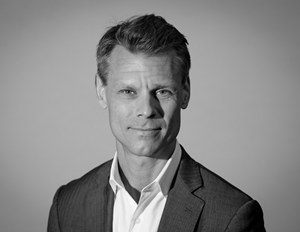By Yardi Blog Staff on April 8, 2019 in People

With healthy demand almost balancing out supply, Chicago’s multifamily market seems to have left the fear of overbuilding behind, at least for now. The city has been adding jobs at a more accelerated pace—particularly in the construction, manufacturing and education and health services sectors— and has been strengthening its tech hub status, which fueled demand for housing across the metro.
According to a recent Yardi Matrix multifamily report, at the end of last year, rent growth reached the highest value since 2016—2.5 percent, which, although still below the national rate, represents an achievement for the market. Growth was mainly led by suburban submarkets such as Grayslake and Chicago-Heights North, but several neighborhoods near Downtown, including Hyde Park, Bronzeville and South Shore, also recorded rent increases.
Yardi client Pioneer Acquisitions is a multifamily investor with a portfolio of roughly 2,000 units in Chicago. James Peterson Jr., founder & principal, said that “the fundamentals in Hyde Park are very strong” and the neighborhood has been attracting a lot of interest from investors and residents priced out of Chicago’s core areas. Peterson reveals what other submarkets are strong for investment, the evolution of rent growth in 2019 as well as the company’s strategy for the year ahead.
What are the strengths and weaknesses of Chicago’s multifamily market?
Peterson: Strong demand remains one of the main strengths of Chicago’s multifamily market, particularly in Hyde Park and the far north side neighborhoods. We continue to see tenants being priced out of near north side neighborhoods and moving north, along the “L” lines, to find units that fit their budgets.
One of the main weaknesses, particularly downtown, is the continuing introduction of new supply with elevated amenities and leasing incentives, which encourages tenants to trade up to newer buildings. Soaring real estate taxes and water/sewer prices are a major concern for landlords, as are the burgeoning discussions about the introduction of rent control.
Rents have continued to peak throughout 2018. What are your predictions for this year?
Peterson: We expect rent growth to moderate with rental increases of 2 percent to 3 percent across our portfolio.
Tell us a bit about investment opportunities in the suburbs versus the urban core.
Peterson: Typically, Pioneer, doesn’t invest in the suburbs. What we have seen is strong cap rates in the suburbs, particularly for larger properties. Suburban cap rates are higher than core downtown locations, but lower than some of the outer neighborhoods where Pioneer invests.
This article originally appeared in Yardi publication Multi-Housing News. Read the full interview with Peterson here.


